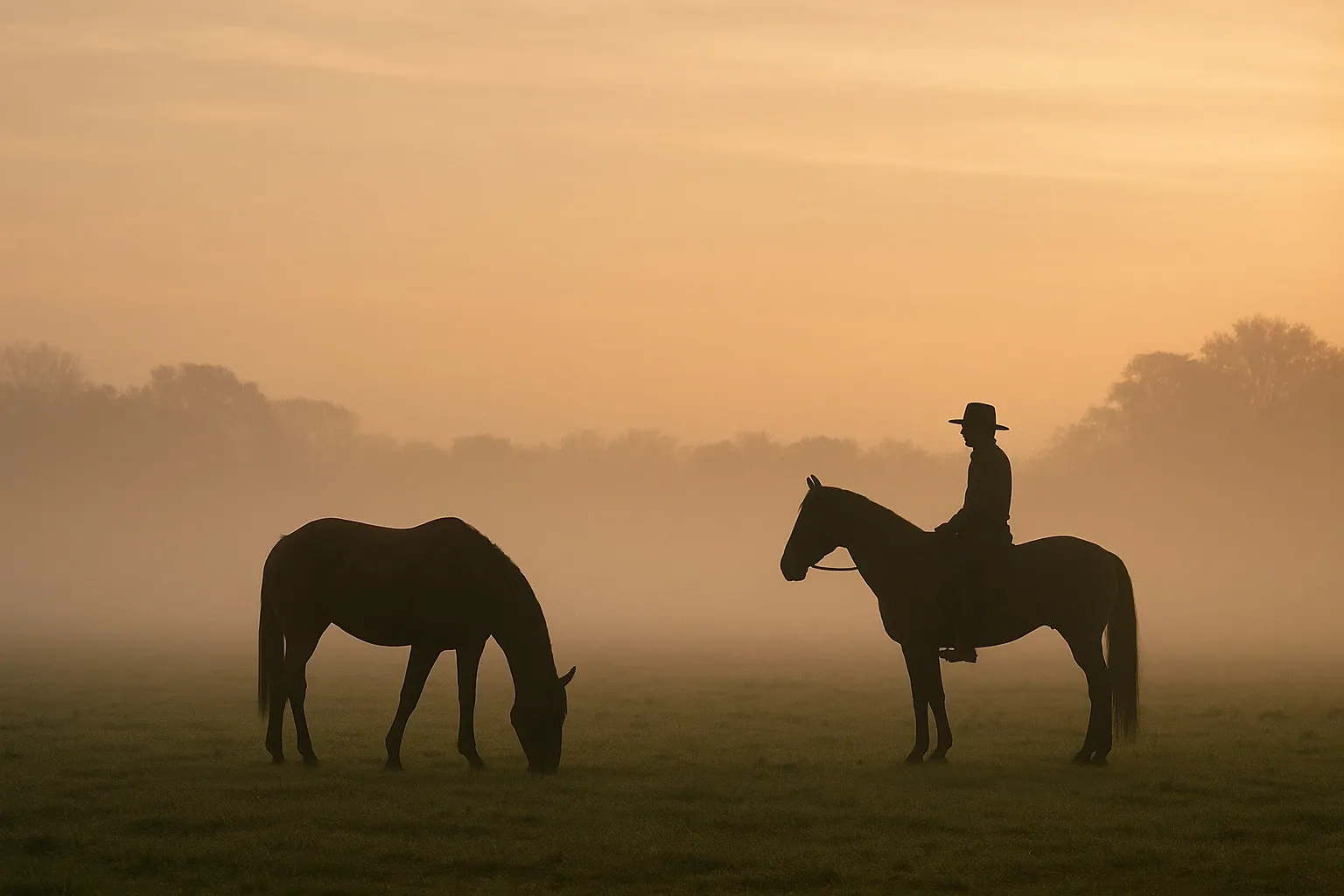The Geometry of Obedience: Why True Authority Cannot Be Forced
Obedience cannot be compelled. It is granted when trust is established, consistency is held, and purpose is shared.

Trust, not force, is the only foundation of authority that endures.
Most conversations about obedience begin from the wrong premise. We assume obedience means doing as one is told. That is only the surface. Beneath the visible act lies a deeper architecture—the reason one obeys. And that reason decides whether obedience holds under pressure, whether loyalty endures over time, and whether a relationship strengthens or fractures.
Obedience produced by fear is fragile. Obedience earned through trust is resilient. Obedience that is understood and chosen becomes devotion. The essence of leadership—in a stable, a household, a team, or a nation—lies in how obedience is formed.
1) Three Forms of Obedience
I. Obedience by Fear. Manufactured through threat, force, or intimidation. It produces immediate compliance and quiet resistance. When the pressure disappears, the obedience does too.
II. Obedience by Exchange. A transaction: do this and receive something. It is more stable than fear, but remains conditional. Change the incentive and loyalty moves with it.
III. Obedience by Trust. The only form that endures. It appears when a follower believes in a leader’s judgment, sees alignment of purpose, and trusts the leader to act in their best interest. This form does not require surveillance; it sustains itself in absence. It is obedience as devotion.
2) Horses: The Quiet Measure of Authority
A horse does not obey because it is coerced; it obeys when it decides the human is safe to follow. It reads the steadiness of one’s presence, the clarity of signals, and the consistency of response. If the handler is unsettled, the horse reflects it. If the handler is forceful, the horse defends itself. When the handler is calm and grounded, the horse organizes around them. A horse is not commanded; a horse is convinced. This is authority in its purest form.
3) Dogs: The Fidelity Principle (VONFIDEL K9)
At VONFIDEL K9, the dog is not trained to avoid punishment, nor to perform merely for reward. The dog learns to work to earn the handler’s pleasure. The handler’s satisfaction becomes the dog’s achievement; the relationship becomes the reinforcement loop. The result is relaxed focus, loyal engagement, and a durable working partnership. The dog does not obey because it must; it obeys because it belongs.
4) Children: Forming Conscience
Where authority relies on fear, a child learns that power defines truth, expression is dangerous, and silence is safer than honesty. Where authority is firm, steady, and dignifying, a child learns that truth is not a threat, responsibility is natural, and boundaries are a form of care. The aim is not to control behavior but to shape conscience.
5) Teams, Institutions, and Nations
The logic does not change with scale. Fear-based leadership produces silence instead of alignment, compliance instead of loyalty, and collapse when pressure is removed. Trust-based leadership produces self-regulation, cohesion, and continuity beyond the leader’s presence. Authority is not the ability to command; authority is the capacity to be entrusted with obedience.
6) The Geometry of Obedience
The structure is triangular:
- Foundation: Trust
- Spine: Consistency
- Apex: Voluntary alignment with a shared purpose
Without trust, there is no ground. Without consistency, nothing holds. Without shared purpose, obedience has no direction. When all three are present, authority is quiet, obedience becomes natural, and loyalty turns unbreakable.
Conclusion
Authority cannot be seized; it can only be granted. And it is granted to those who hold themselves steadily, speak with clarity, and act without insecurity.
Where there is fear, obedience dissolves. Where there is trust, obedience endures.
Calm is strength. Clarity is leadership. Courage is love.
About the Author
Alfie Ameer is the Founder & CEO of the Vonfidel Group (VFG), and Chair of VONFIDEL K9 & Vonfidel Ranch. His work spans leadership psychology, intelligence culture reform, regenerative horsemanship, and fidelity-based canine training. His practice centers on the principle that trust — not force — is the only stable foundation for authority, performance, and community. He writes on statecraft, moral courage, and the architecture of human-animal partnership.
Originally published on Insights by Cognisive Consultants — strategic thought division of the Vonfidel Group (VFG).
Part of the continuing series: The Architecture of Trust.
Author: Alfie Ameer — Founder & CEO, Vonfidel Group; Chair, VONFIDEL K9 & Vonfidel Ranch.
For more essays, visit: https://insights.cognisive.co

